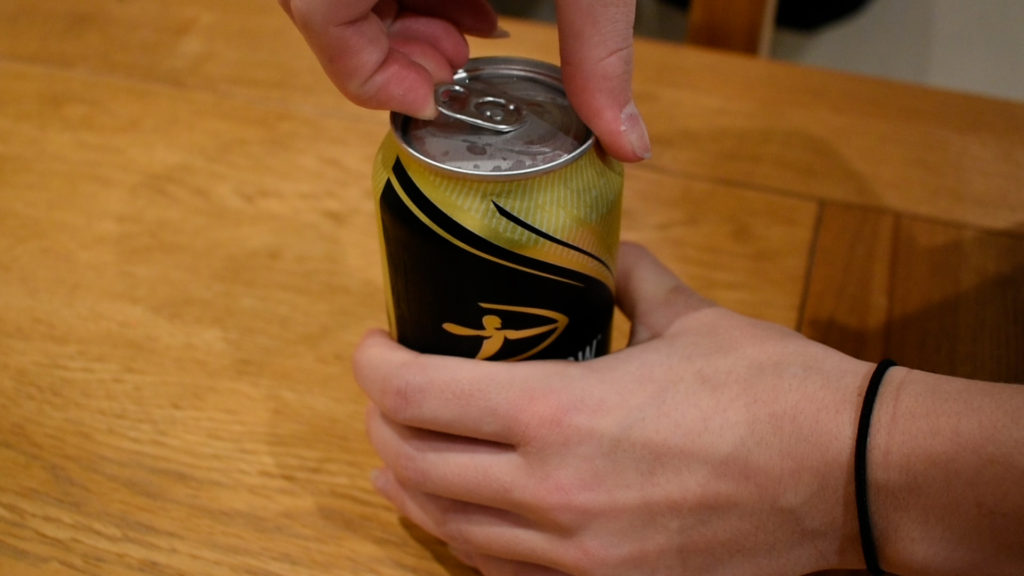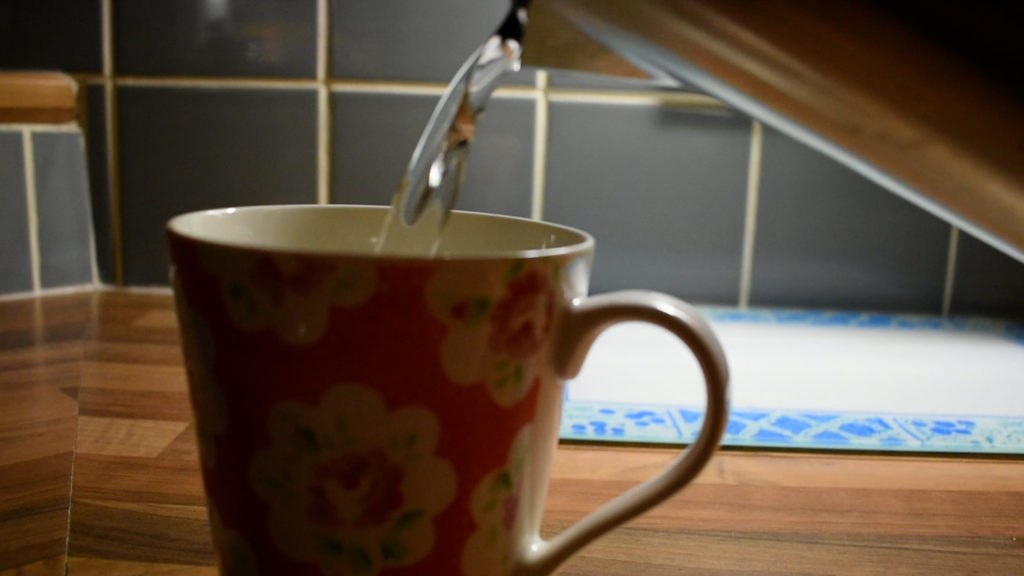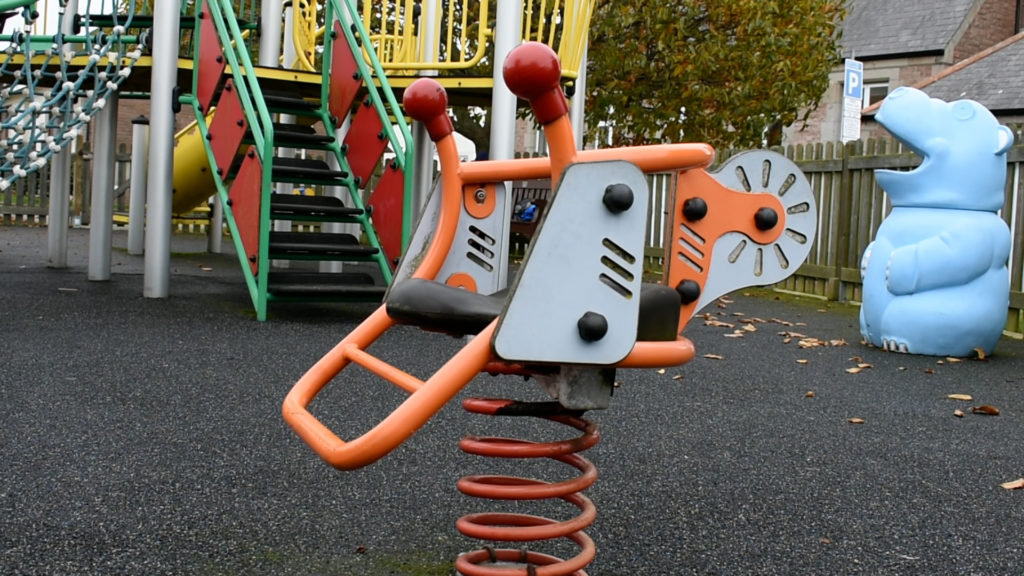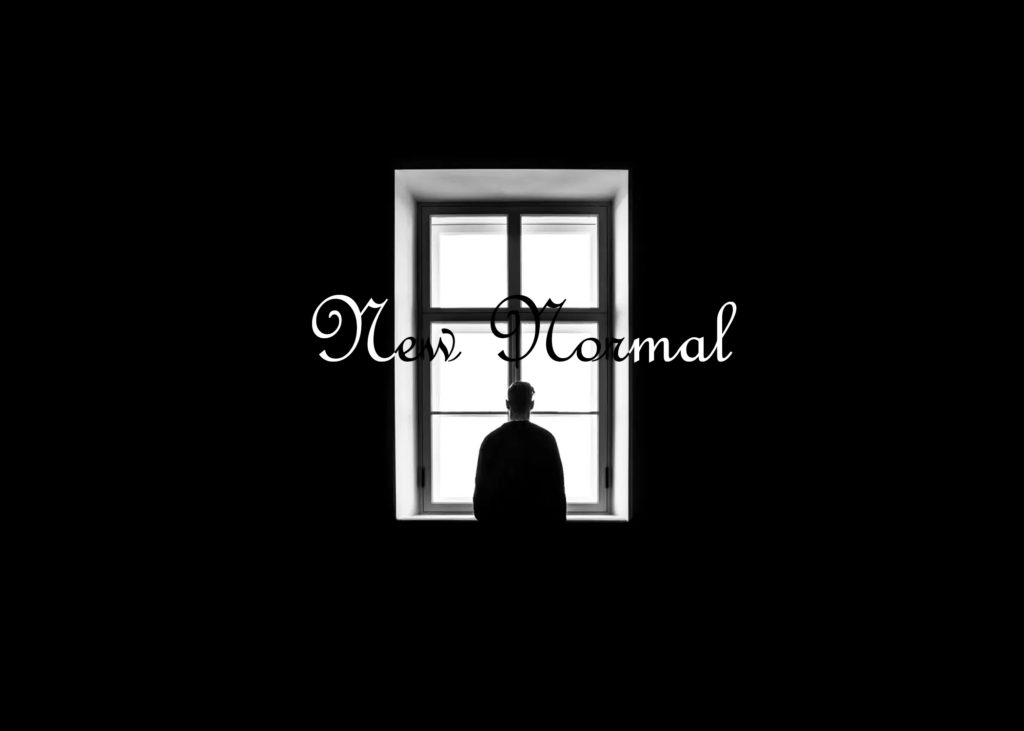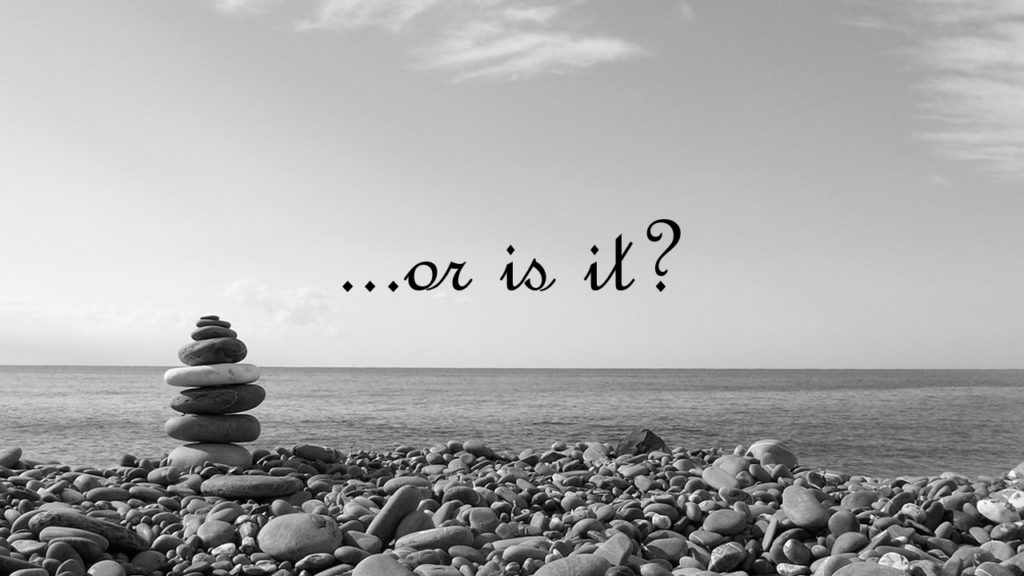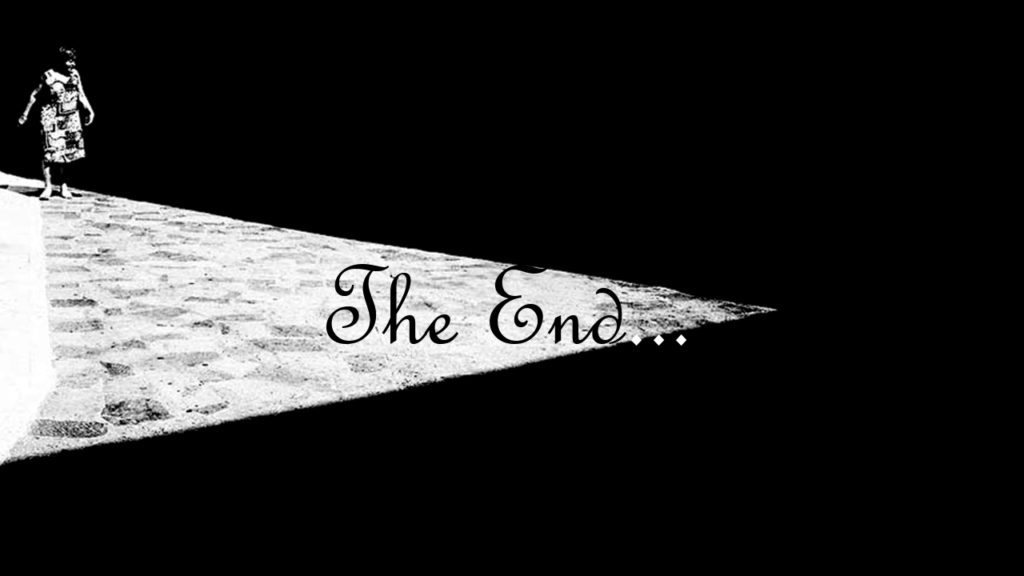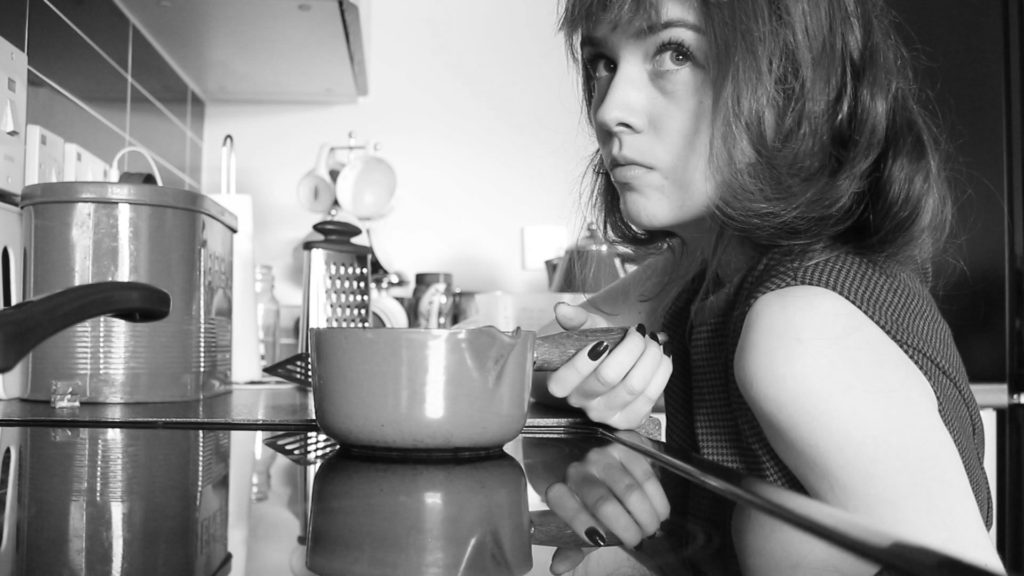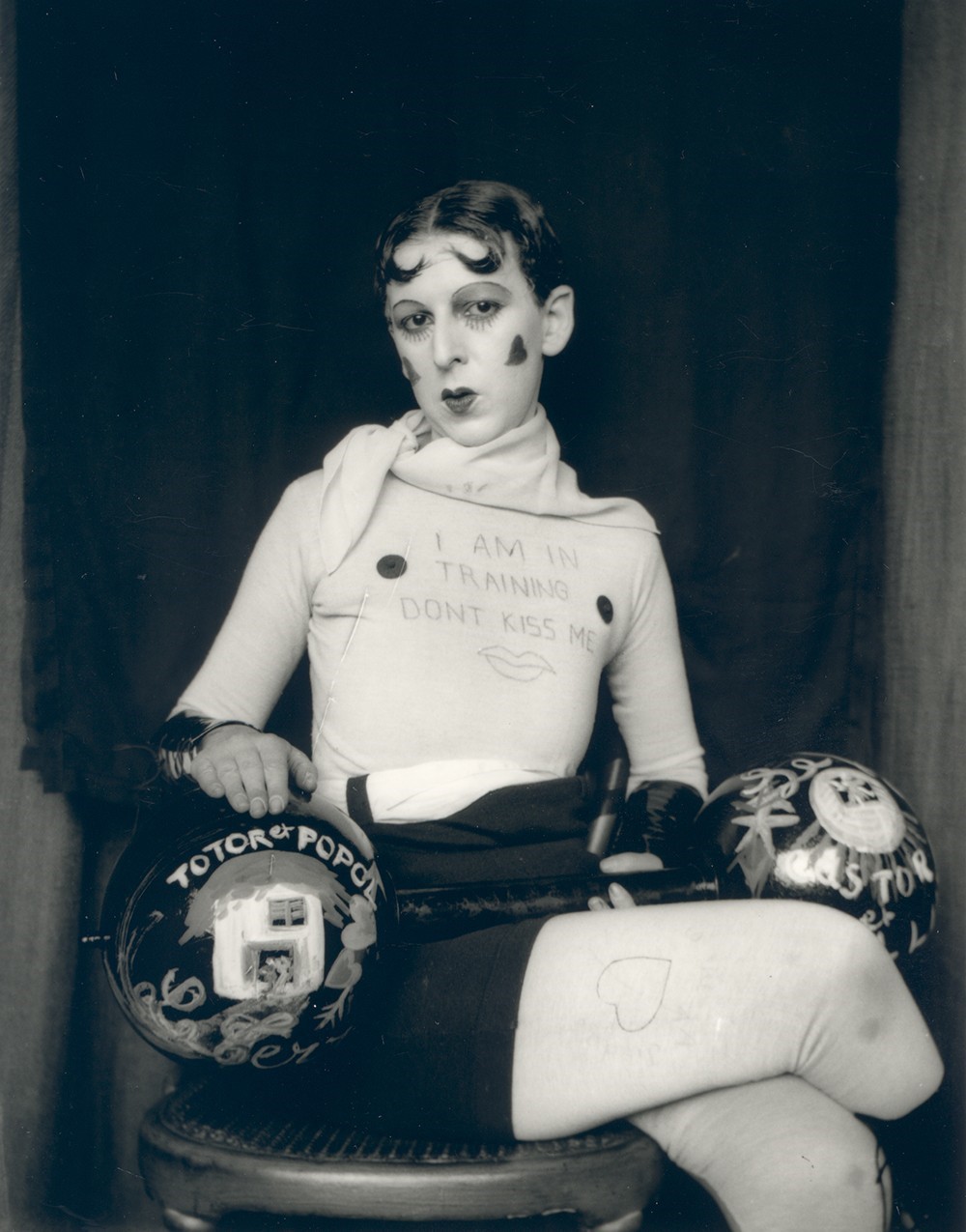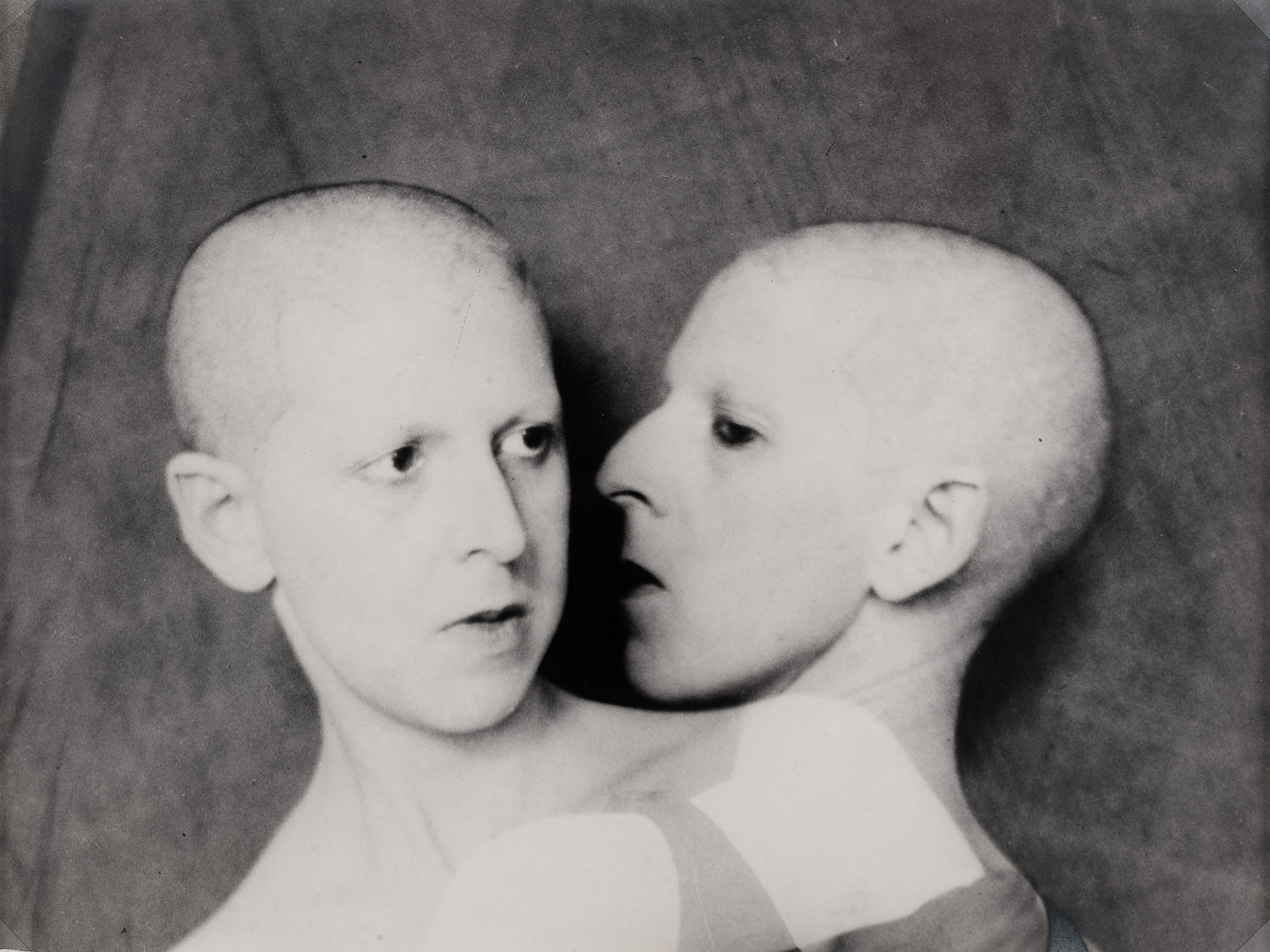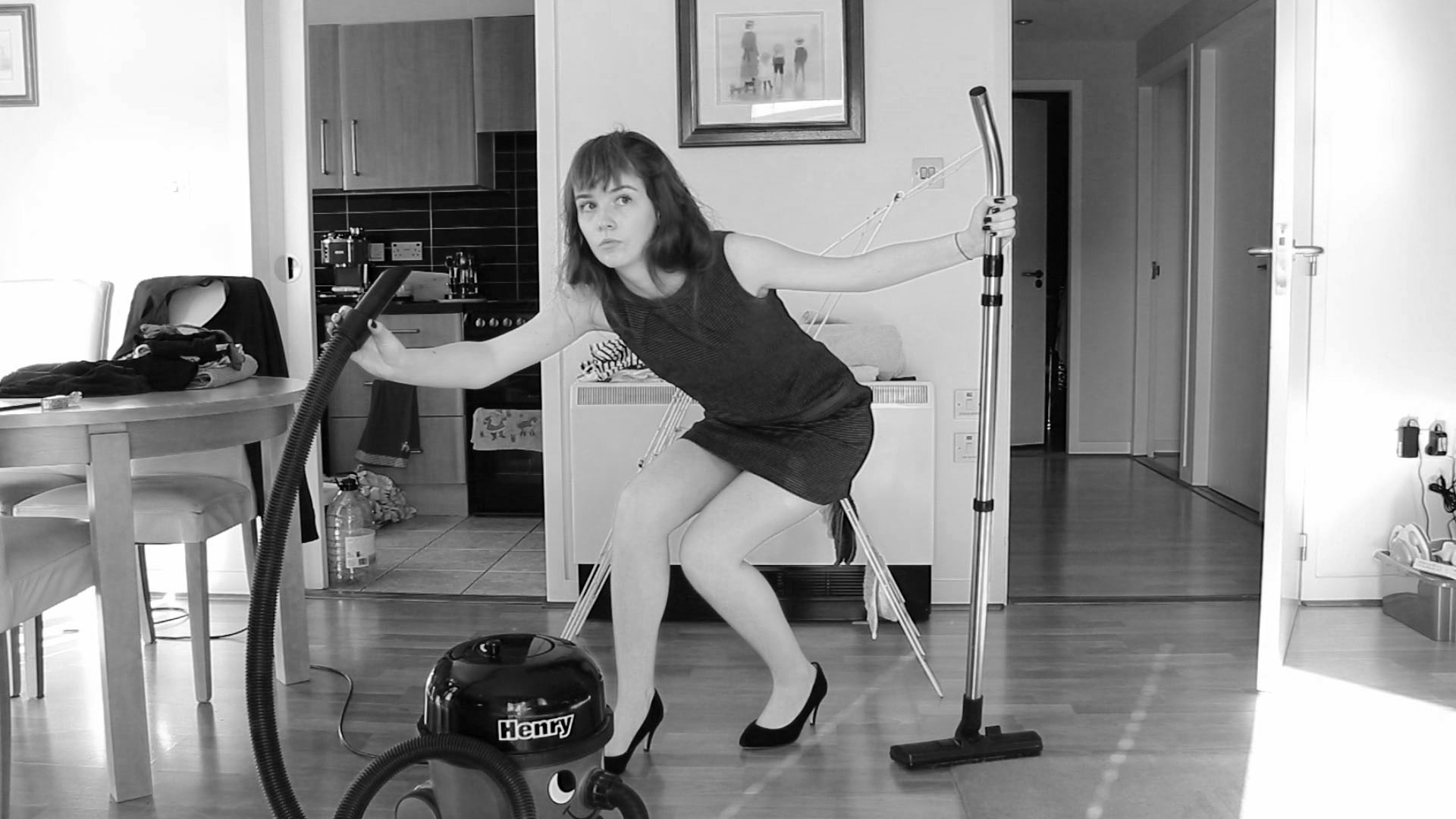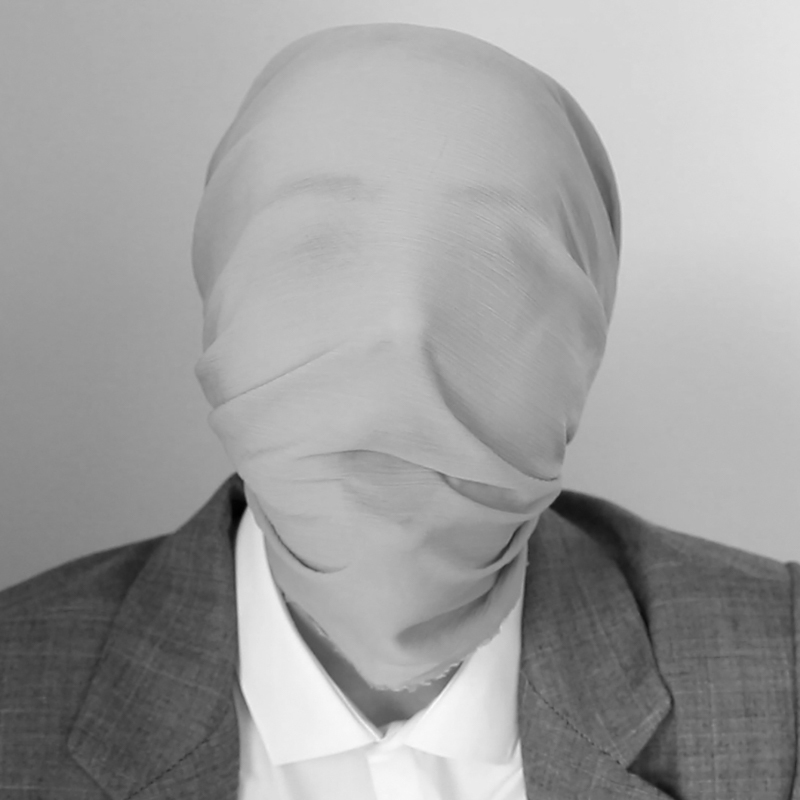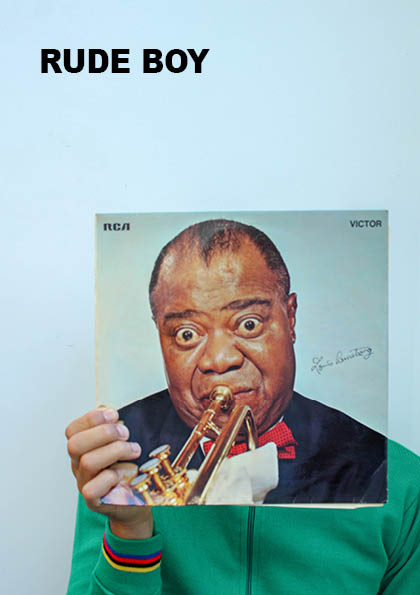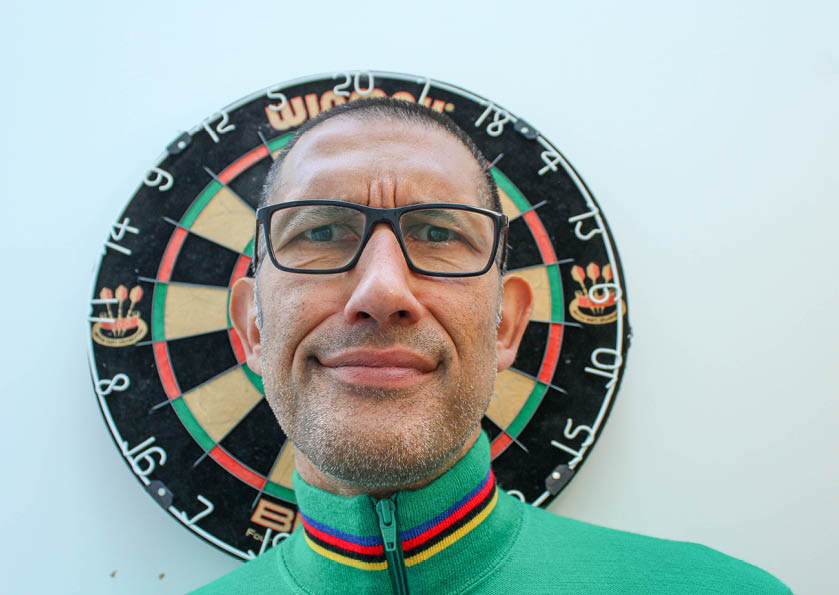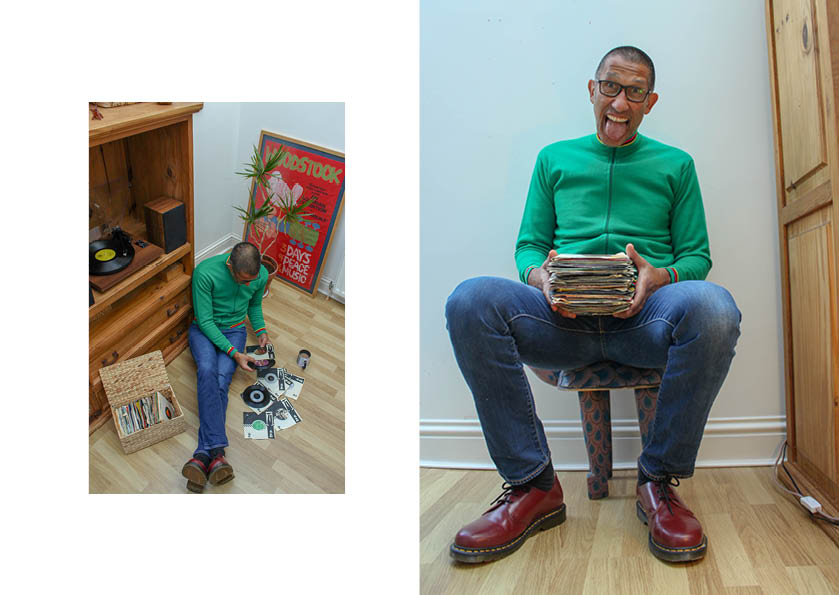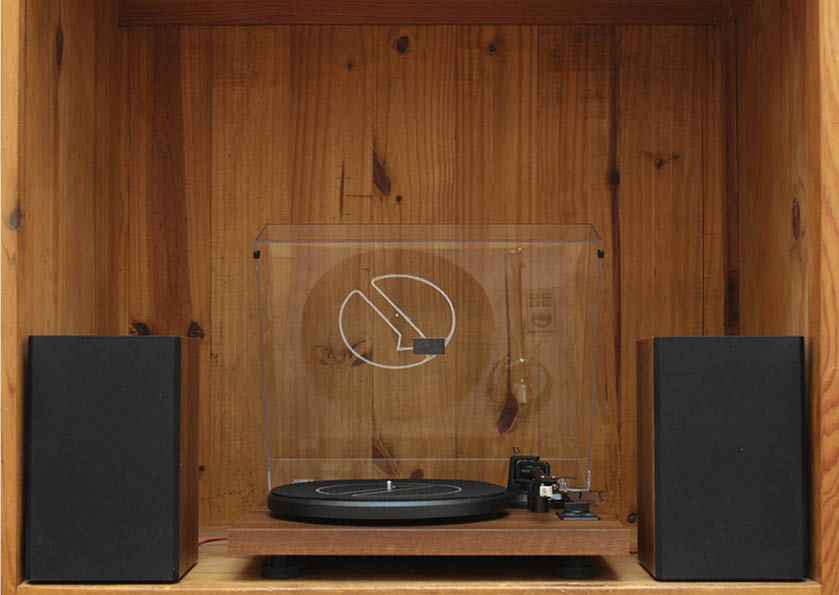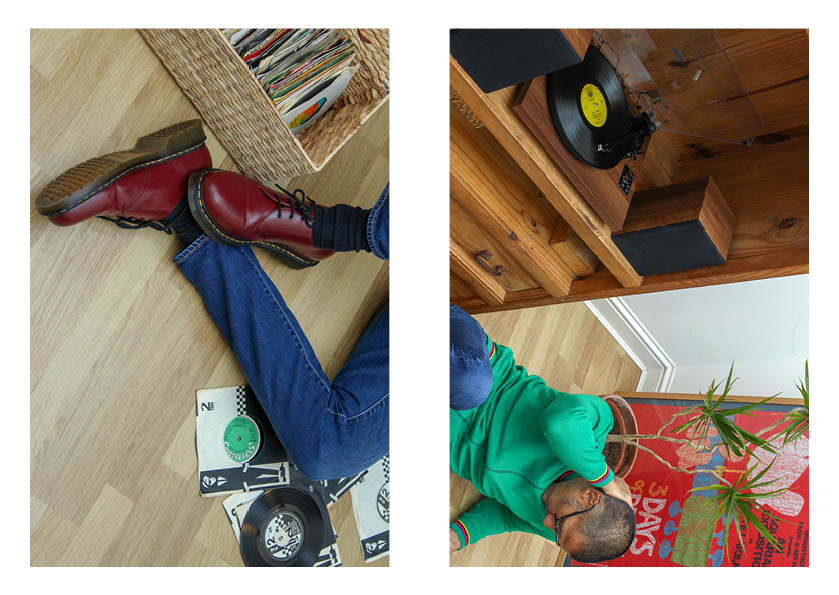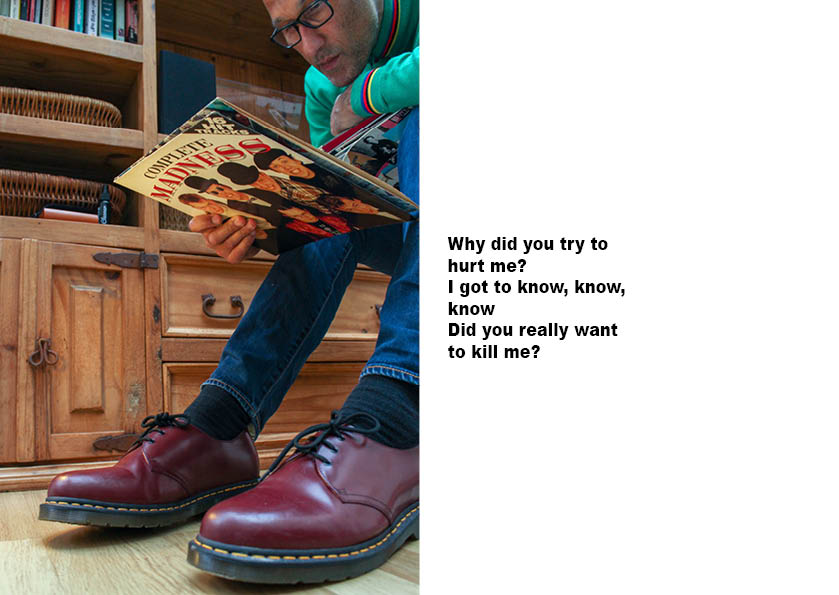Recording
The final film has been made to show the impact of the pandemic on teenagers using a lot of Jake’s and my own experiences. All shots in our film are moving images, not still images. In addition to this, when recording, our aim was to make sure that the majority of the video had a grey, dull atheistic to it, giving the overall film an impactful and negative effect. In order to achieve this, the shots were taken on darker days with a naturally grey tone or at night. The dark colours act as a metaphor for the negativity the pandemic has brought and help emphasis the eerie vibes, now commonplace as a result of the lock down.

The film we be shot, mostly free hand was recorded on a Nikon DSLR camera. We shot the film free hand as we wanted to capture a natural and more relatable documentary style film. However some shots were be taken on a tripod which was especially useful in time lapses. Some shots were also filmed with a 200mm lens which helped capture long distance shots, where zooming into cars or buildings for example was necessary for our film.
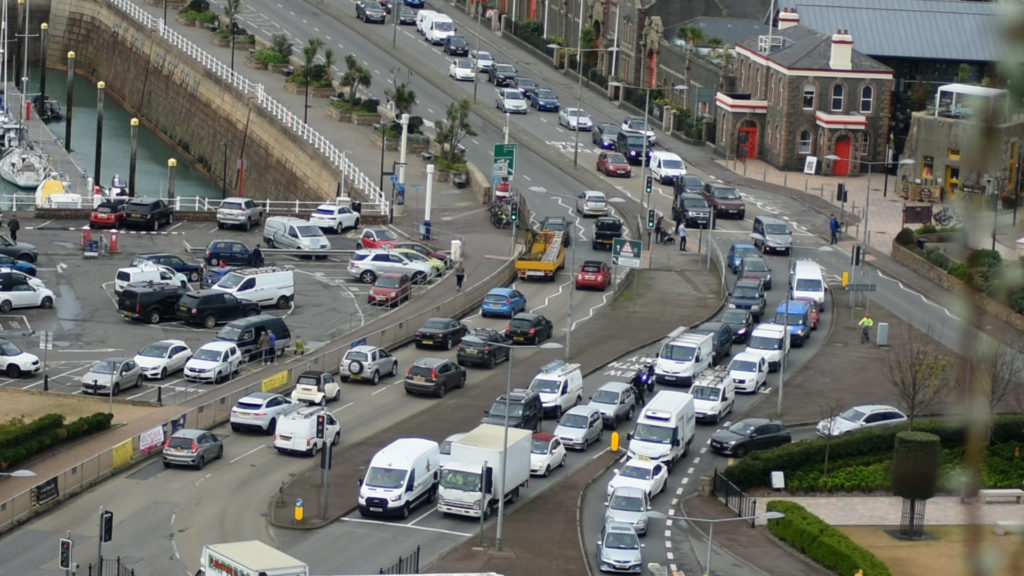
None of our models/subjects in our film show their face. We wanted the film to appear anonymous and able to relate to anyone. A large focus will be on the behavior of a person, their hands and their actions as facial expressions won’t be included as anonymity is a key theme in our film.
The narrative is a cyclical narrative, as in it starts how it ends: in chronological order, someone is looking at their phone watching the news – the cases going up, then the imposing of lock down, cases then fall, releasing of restrictions, and then a repeat where cases rise and lock down is threatened again.
Editing Techniques
The film as a whole took many hours to edit. We used Adobe Premier Pro CC in order to produce the highest quality film we could as it offers the best tools and features to achieve this. The editing itself took lots of trial and error, removing many scenes and adding unplanned scenes/edits to help keep the flow and story intact throughout the film.
We used the clipping and splitting tool a lot as the film has been fully comprised of cut scenes, flashing through one another, possibly only having screen time for a seconds rather than one continuous shot. Many clips in the initial part of the film were taken from news outlets (all of which are cited/credited at the end of the film) using screen recording features available on iPhone, which is evident in the scenes where graphs and live broadcasts are projected at the almost immediate start of the film. Clip positioning was integral to make sure the story portrayed in our film made sense.

Some clips were sped up, and others also slowed down from real life in order to create the slow, dramatic atmosphere once lock down was imposed, essentially showing that time had felt like it had slowed down or even stopped.
In the film, we only used one visual transition which is seen at the very end during the credits. We wanted to avoid too many transitions as it would make our film seem tacky, and our theme was already established that we would strictly use cut scenes made up of straight cuts.
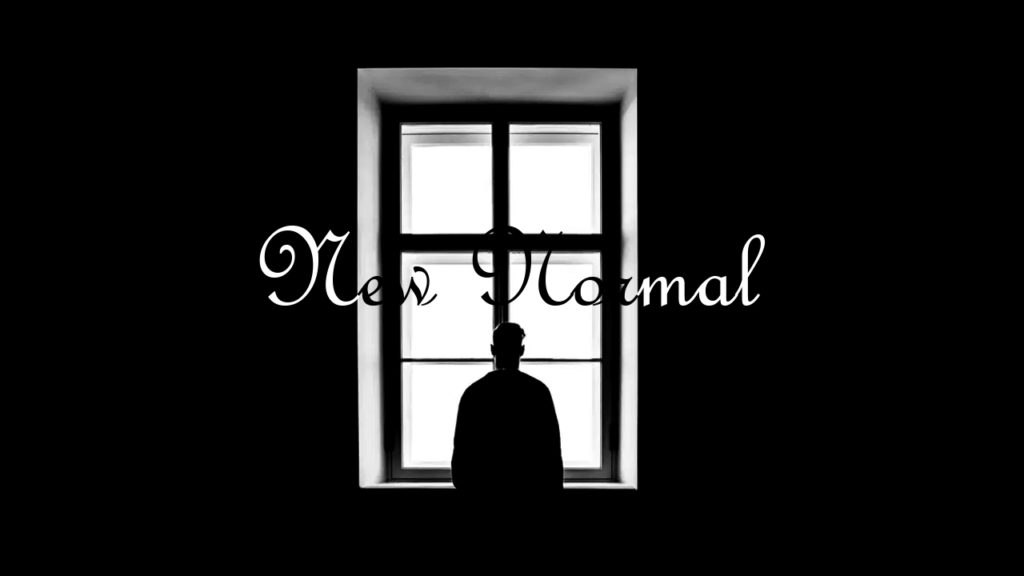
Lastly, we needed a title/opening scene as well as the credits. I designed them all on Adobe Photoshop CC as it offered the best tools for me to achieve this. I created them including a very high resolution image that fit the theme of lock down very well from the internet. However, I encountered a problem with my first rendition of the title page which is the top left image below, where the size was wrong for the film as the aspect ratio on Adobe Premier Pro would mean that the image would either have to be cropped, resulting in a lower quality image which wasn’t desirable. This led me to designing the image in the top right adjacent to the first rendition. This was my final design which included the correct aspect ratio for the film. Then, I decided to experiment with an end sequence which would be included before the credits of our film, however neither of the bottom two pictures made it into the final film.
Sound Editing
Sound plays a very important role in the film with much of the pace, emotion and setting relying on the audio and is key for keeping the fluidity of the film. As a result of this, most of the film was made up of separately recorded audio and audio effect from Adobe Premiere Pro CC. In order to achieve this, we used lots of sound techniques and lots of audio layering. This is because by doing this, we were able to create atmosphere in the film, such as on an empty street with just the sound of the wind or the sound of laughter and chatter in a pub or restaurant.
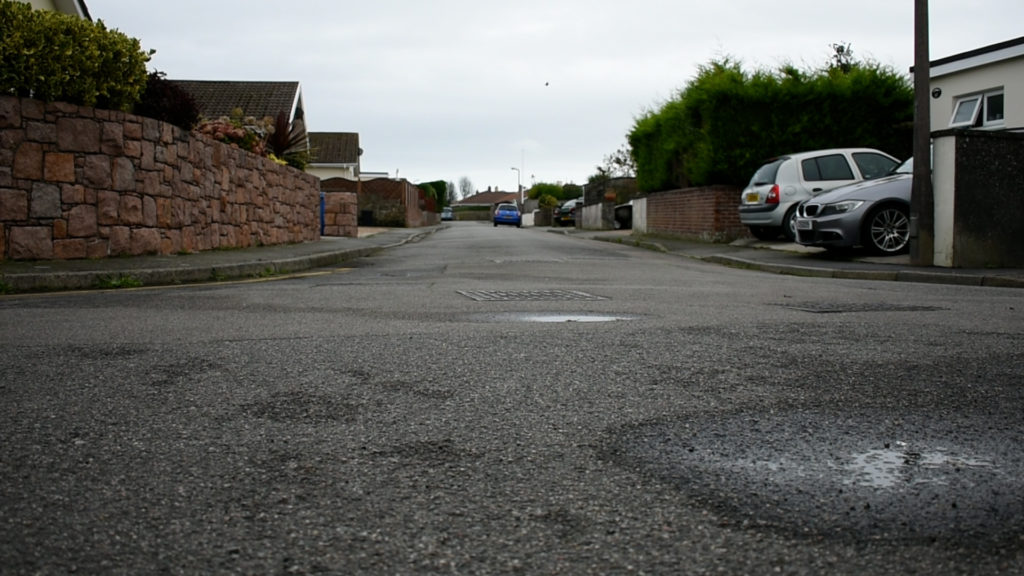
The sound is also used to portray some of the most impactful events over the past year and we will be using audio clips from new reports, radio broadcasts and other media in our film, (such as the lockdown announcement on the news). The sound provides the most change and contrast in the film and impacts the visual element the most, making the film much more impactful and personal on the viewer.
We chose not to use music in this film, unless it fitted the environment however even then it simply is restricted to the background and not the main focus of the scene, i.e party scene with music in background.
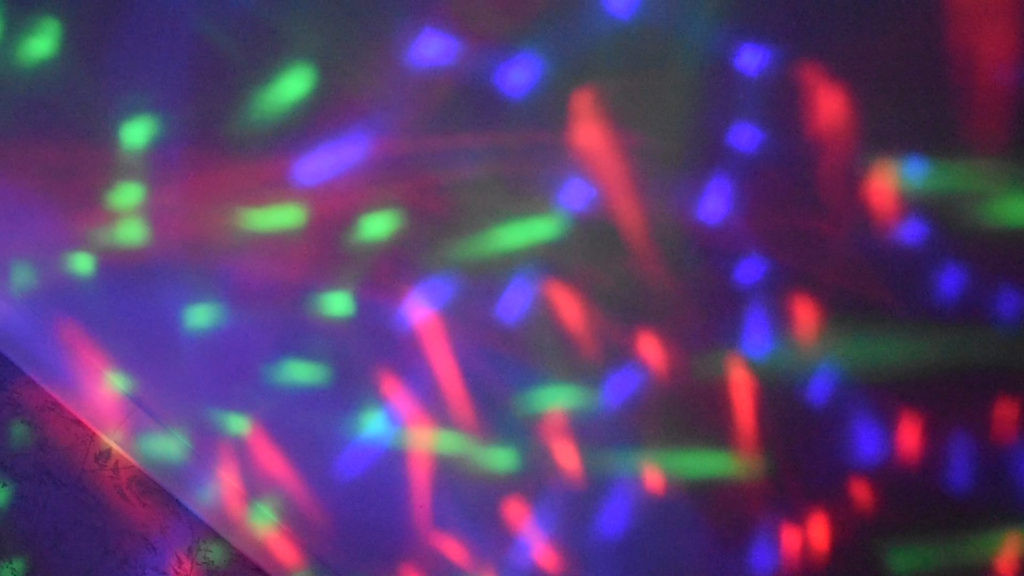
We used audio from the website ‘freesound.org’, aswell as some from the clips but mostly, specifically recorded sounds to add into the video. This in my opinion made the video seem much more professional than just using audio from the clips. This also gives us the opportunity to remove wind noise or talking that may have occurred behind the camera. For example clips such as the empty street clip we plan to capture had no audio from the original video but rather was superimposed with mp3 sounds downloaded from the internet.



